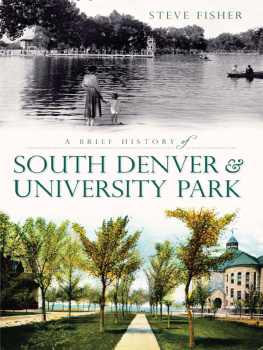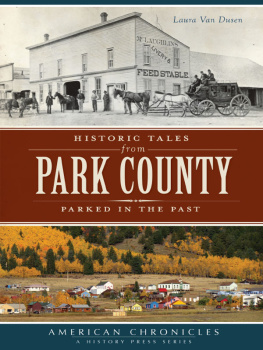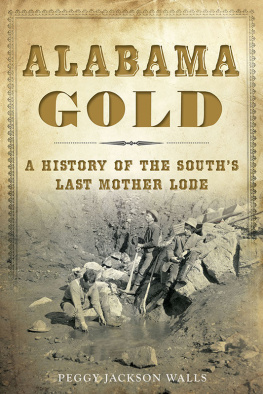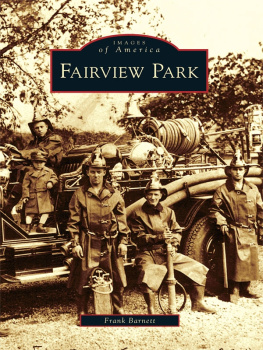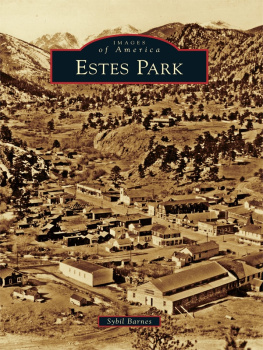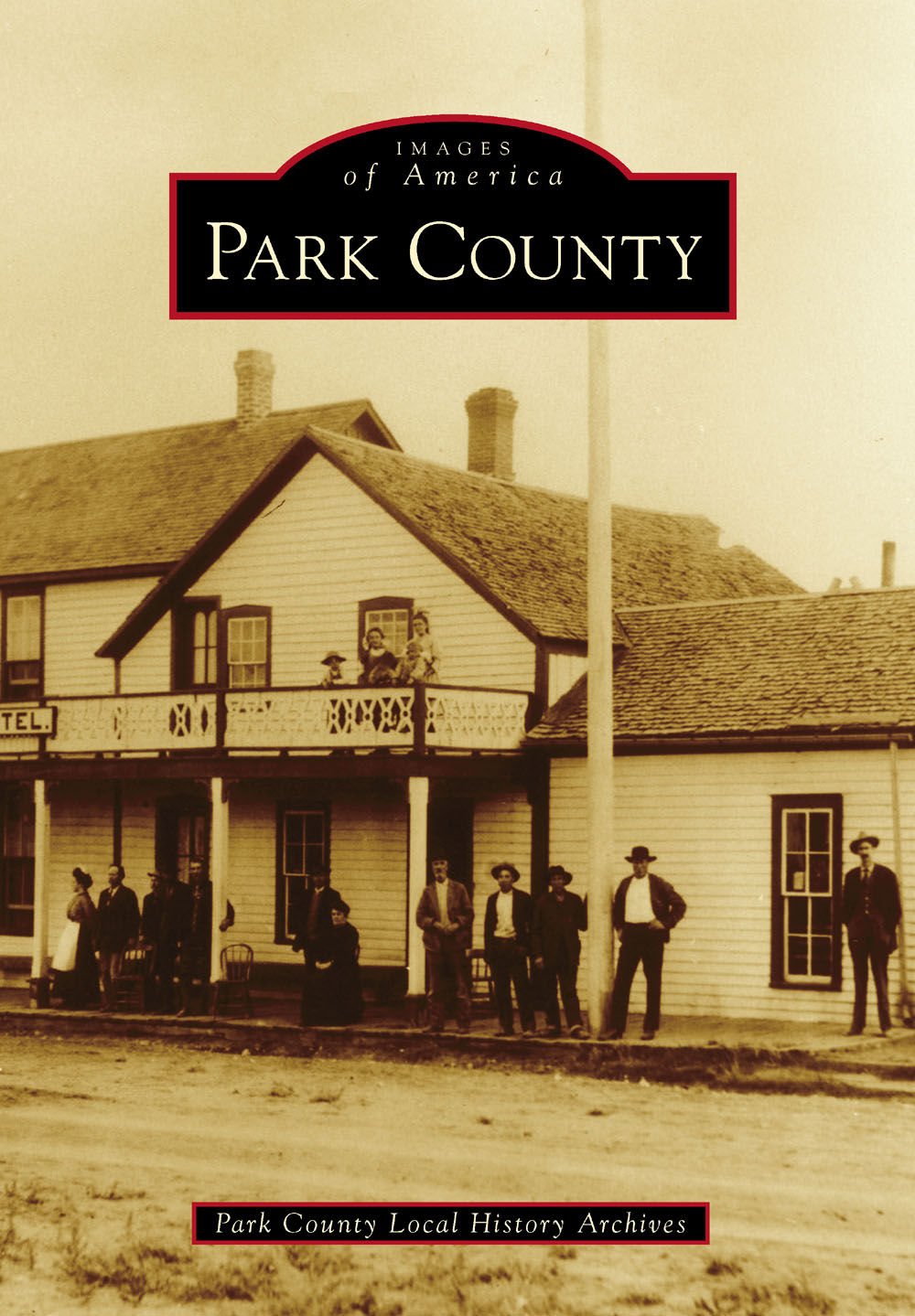
IMAGES
of America
PARK COUNTY

This basic map of Park County depicts major geographical areas, land and water features, and mountain ranges and their respective elevations. (Courtesy of Front Range Research Associates).
ON THE COVER: The Fairplay Hotel, located in Fairplay, Colorado, was a popular spot for travelers on their way to the gold fields and newcomers needing a place to bunk. This undated photograph, probably taken in the 1880s, shows patrons, both men and women, posing in front of the building. (Courtesy of the Park County Local History Archives.)
IMAGES
of America
PARK COUNTY
Park County Local History Archives

Copyright 2015 by Park County Local History Archives
ISBN 978-1-4671-3245-9
Ebook ISBN 9781439651599
Published by Arcadia Publishing
Charleston, South Carolina
Library of Congress Control Number: 2015937266
For all general information, please contact Arcadia Publishing:
Telephone 843-853-2070
Fax 843-853-0044
E-mail
For customer service and orders:
Toll-Free 1-888-313-2665
Visit us on the Internet at www.arcadiapublishing.com
To all Park County pioneers, both past and present, who helped shape the areas history.
CONTENTS
ACKNOWLEDGMENTS
The Park County Local History Archives (PCLHA) was founded in 2000 after members of the Park County Historical Society decided there was a need for a separate nonprofit to secure the regions documents and ephemera. Original members included Jerry Davis, Carol Davis, Jane Gilsinger, Michele Kingsford, and Jackie Powell.
Those who participated in this books project include all board members, Linda Balough, Linda Bjorklund, Jerry Davis, Erica Duvic, Jane Gilsinger, Terry Ketelsen, Gary Minke, Jim Sapp, Bob Schoppe, Amy Under, and Christie Wright, coordinator. A special thanks to Jane Gilsinger, Linda Bjorklund, and Diana Copsey-Adams for their editing prior to publication.
The PCLHA would like to thank all of those who have visited our offices, donated materials, emailed us with questions, interviewed for our oral history project, and showed an interest in the local history. A special thank-you goes to the county commissioners, Mark Dowaliby, Dick Hodges, and Mike Brazell, for providing office space in the historic old courthouse for our use. We have truly come home.
Unless otherwise noted, all images appear courtesy of the Park County Local History Archives. Other images in this volume appear courtesy of the Andy Anderson collection, Denver South Park & Pacific Historical Society (AADSP&PHS), and the Denver South Park & Pacific Historical Society (DSP&PHS.)
INTRODUCTION
What is now Park County, Colorado, has undergone millions of years of changes, existing as a semitropical inland sea, undergoing volcanic eruptions, and experiencing mighty upheavals of the Ancestral Rockies that were over twice the height of the current Rocky Mountains. Each era played a part in what Park County looks like today. Over 30 million years ago, the eruption of Thirty-nine Mile Mountain closed the southern drainage of the inland sea and turned its outflow through Platte Canyon. Other volcanic activity pushed minerals and molten metals throughout the interior of the mountains, while erosion and glaciers began to grind and tumble the tall Ancestral Rockies into the basin of the inland sea, forming the base and rich soil of the mountain valley today called the South Park. The Rockies of today emerged and reached their present heights, with four peaks topping 14,000 feet above sea level in Park County and many more reaching 13,000 feet.
Archeologists have found evidence that people have occupied the South Park for at least 12,000 years. They used stone, and wood petrified by volcanic ash, to fashion weapons and tools. There is evidence that they established and returned to camps in the area to enjoy the high countrys cool, pleasant summers before returning to warmer winter quarters in the lower altitudes. Native peoples such as the Utes, Cheyenne, Arapahoe, Comanche, and, occasionally, other tribes enjoyed abundant summer hunting and comfortable warm-weather living conditions for centuries. In the late 1700s and early 1800s, fur trappers came to the area, which they called Bayou Salado, to collect beaver pelts for trade with merchants back East.
One of those trappers, James Purcell of Kentucky, was captured and jailed by the Spanish, who believed the area was part of their claim to the New World. In the winter of 1806, he told his fellow prisoner, explorer Zebulon Pike, of finding gold three years earlier in the South Park. Other than a record of it in Pikes expedition report to Pres. Thomas Jeffersons administration, neither made much of the gold discovery.
It was not until 1858 that a gold find near Cherry Creek in what is now Denver triggered a rush to collect the precious metals that had lain for millions of years within the Rocky Mountains. Thousands of hopeful prospectors raced to nearly every part of Colorado seeking their fortunes, and many hit pay dirt in Park County. Towns and mining camps sprang up nearly overnight in places like Tarryall, Hamilton, and Fair Play Diggings.
Word got out that there was gold in the western portion of the Kansas Territory (which stopped at the Continental Divide). Colorado, which would split off and become its own territory in 1861, had added portions of land west of the divide to complete the boundaries it now has as a state.
Explorers worked their way up through Platte Canyon toward the gold strikes of South Park (the largest of three Colorado parcs, as the French trappers called the large valley hunting grounds). Numerous wagon trains, small groups, and single adventurers sought lodging and renewed supplies at a number of ranches and farms that had sprung up along the North Fork of the South Platte River. This initiated the first of a continuing tradition of local residents providing lodging and, later, recreation opportunities throughout Park County.
Mining provided the impetus for those from the Eastern United States and Europe to escape the effects of a severe economic depression and seek riches in the Colorado Territory. Others, however, found their livelihood in other pursuits, such as ranching, freight hauling, providing supplies for the new settlers, and timber production. In one case, a settler established one of the first industries in Colorado. The Colorado Salt Works provided salt derived from a natural salt spring in the heart of the South Park. That ranch remains in the same family today.
Towns sprang up, and in many cases, just as quickly disappeared. Gold camps, consisting of hastily built log structures and tent dwellings for the quick influx of miners to the area, sported saloons, mercantile stores, dance halls, banks, and blacksmith shops to support sometimes thousands of people. Then, as the gold played out or a richer discovery was found somewhere else, in a few years, only the skeletons of the log buildings remained to mark the previous existence of those cities. In some cases, the only remnants of once-bustling towns are faded names on old maps at the Park County Local History Archives or worn city plats hanging in the county records office.
But, while many mining workers quickly cleared out at the slightest rumor of another rich strike, others stayed. Unlike the gold rush to California in 1849 that largely consisted of single men set on striking it rich and then bringing their family out later, many of the settlers in the Park County area had already lost the farm or their jobs in the 1857 depression, and so brought their children and extended families with them. They claimed homesteads and began making lives for themselves in the rugged high country where no people had ever before stayed year-round, braving the high winds, cold, and deep snows. These stalwart pioneers became the foundation for the settlement of Park County, one of the first 17 counties of the Colorado Territory. Some towns struggled through the boom and bust of surrounding mines, but they persevered and still exist today.
Next page

